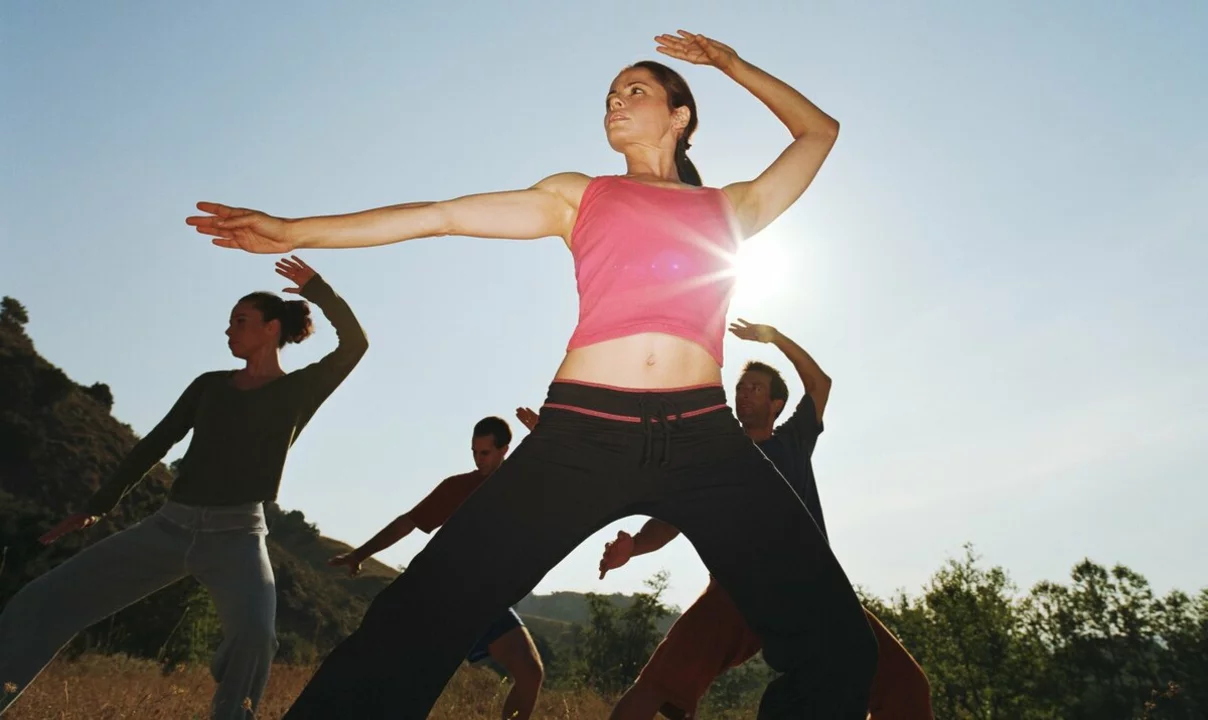Tai Chi: gentle practice for balance, stress relief, and daily mobility
Want an exercise that feels calm but actually builds strength and balance? Tai chi is low-impact, uses slow movements, and fits almost any fitness level. People use it to feel steadier on their feet, lower daily stress, and move with less pain. You don’t need fancy gear—just space the size of a small rug and comfortable shoes.
Start small. Try two 10–15 minute sessions a week and add time as it feels good. Aim for steady progress: consistency matters more than intensity. Short, regular practice beats a single long session once in a while.
What tai chi helps with
Balance and fall prevention. Multiple clinical trials show tai chi improves balance and reduces fall risk for older adults. It trains coordination, posture, and leg strength without joint strain.
Stress and sleep. The slow, focused moves plus controlled breathing calm the nervous system. Many people report sleeping better and feeling less anxious after a few weeks of regular practice.
Pain and mobility. For mild joint pain or stiffness, tai chi can increase range of motion and reduce discomfort. It won’t fix serious joint damage, but it often makes daily tasks easier.
How to get started safely
Find a beginner class or a short online routine labeled "beginner" or "standing form." Look for teachers who focus on alignment and safety. If you have a medical condition, check with your doctor first—especially if you have recent surgery, uncontrolled blood pressure, or significant balance problems.
Basic tips while practicing: keep movements slow and even, breathe naturally, and relax your shoulders. Focus on weight shifts between feet rather than high kicks or speed. If balance is a concern, practice near a chair or wall you can touch for support.
Simple move to try: stand with feet shoulder-width, knees soft, weight slightly on your back foot. Slowly shift weight forward to the front foot while turning the hips a little and extending the arms. Repeat slowly back and forth—no speed needed.
Tracking progress: notice daily tasks getting easier—walking stairs, standing up from a chair, or feeling less wobble. Many people also track stress or sleep changes. Take photos or short videos every few weeks to see posture improvements.
If you want a routine, aim for 20–30 minutes, three times a week. Mix guided classes and self-practice. Use short guided sessions on busy days so practice stays regular.
Tai chi is practical, low-cost, and gentle. Try it for a month with small, steady steps. If it clicks, it can become a simple daily habit that helps your balance, mood, and movement without needing intense workouts or special equipment.

I recently discovered the incredible benefits of Tai Chi for reducing muscle stiffness and improving balance. This ancient martial art, often referred to as "meditation in motion," focuses on slow, flowing movements that promote relaxation and flexibility. Practicing Tai Chi regularly has not only helped me alleviate my muscle stiffness, but it has also greatly improved my balance and coordination. I highly recommend giving Tai Chi a try if you're looking to enhance your well-being and overall fitness. Trust me, your body and mind will thank you!
Chris Gore May 13, 2023



